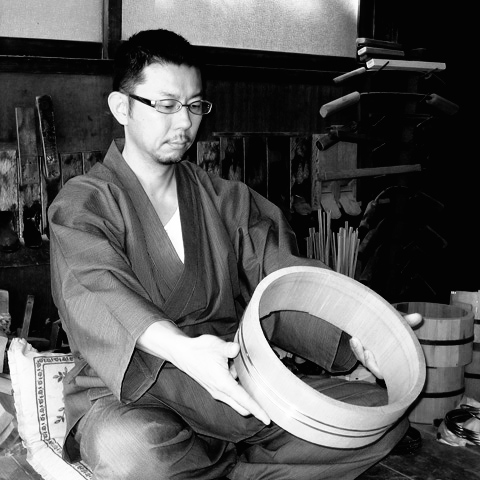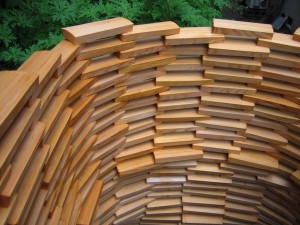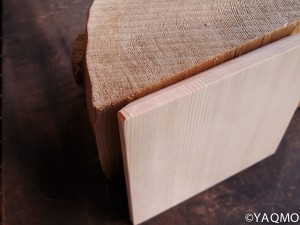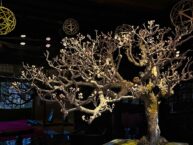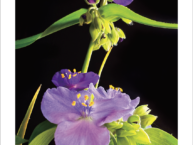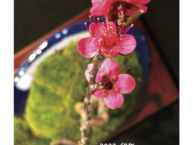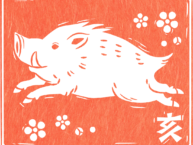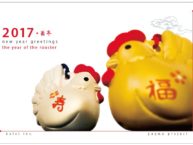Eifu Kawamata is a highly demanding craftsman
Let’s take a look at his work closely to find out what differentiate him from other wooden container craftsmen? Yes, every fine craftsman is demanding when it comes to creating their work, there’s no question about it. But for Eifu, his scope of work goes beyond the norm.
Eifu’s work starts from selecting two varieties of high quality Japanese cypress (hinoki and sawara) from native trees roughly 300 years old and buys them as large timber and cuts them to size by himself. Every wood has different characteristics and he will dry them accordingly from three months to a year. The process continues on from these preparation to creation requiring over 70 procedures, and surprisingly he singlehandedly performs every step. Demanding the best at every stage. However in general, each of the production process for constructing wooden containers are handled by different craftsmen specializing in their particular field.
He is the fourth generation craftsman of a family who started making wooden containers in Fukagawa in 1888, an area of Tokyo where timber yard was located from Edo Period (1603 – 1868) and fine timber was accessible. His workshop is still in Fukagawa and there are many tools that were handed down to him from his ancestors and still being used. By the way, no nails are used to construct them and the smooth surface is finished with timber’s natural beauty.
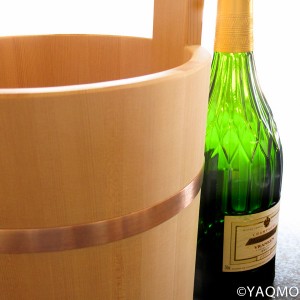
Traditional Japanese wooden bucket is ideal for use as a champagne or wine cooler — the contrast of smooth wooden surface and a glass bottle
Eifu believes that the reason for people still using these Japanese wooden containers after some 700 years is because these containers had always been contemporary in its time. The technique and craftsmanship haven’t changed, but the design and functionality have evolved together with the demands and needs of the time. His creative energy is not focused in creating something new for the sake of newness, but his vision is to blend traditional and contemporary forms to fit the needs and lifestyle of today. His pursuit for perfection in quality wood, form and functionality results as a highly simple form backed by traditional craftsmanship and artistry.
Eifu Kawamata’s works are sold at JapanUniqueGifts.com

